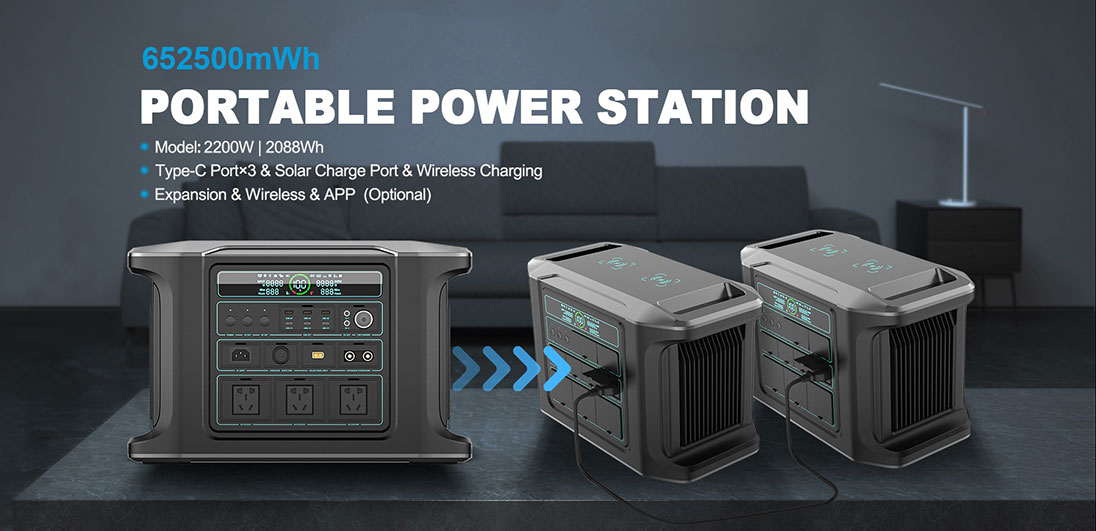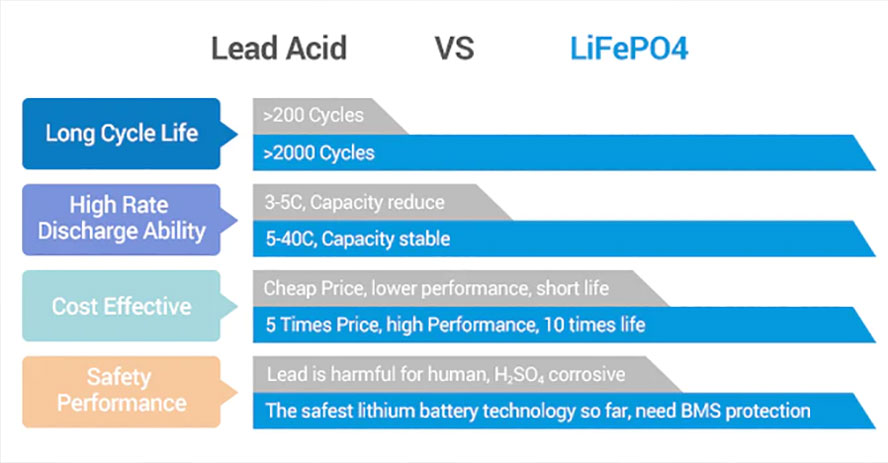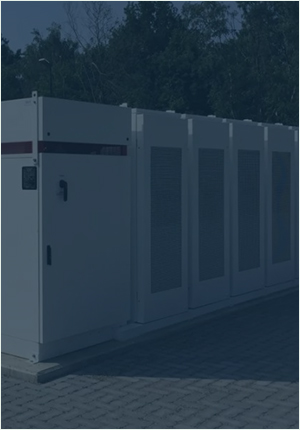2023-09-13 Author : CXJPowers
In 2023, outdoor activities and camping will become one of people's preferred activities during holidays. Portable power supplies are a must-have for outdoor activities. Let us find out how does a solar generator work?
How Does A Solar Generator Work in Outdoor Activities?
A solar generator works by collecting solar energy through solar panels and then storing that energy into its built-in solar battery. An inverter then converts that energy into alternating current (AC power) before it is released for use in home appliances and other electronical devices. When combined, these three components make a fully functioning solar generator.
Solar generators, like our ISP-PH0079 is a great source of backup power for all sorts of outdoor trips. It is light and portable, allowing you to charge and run various electronic devices via renewable energy. All CXJPowers portable power stations are eco-friendly and unlike conventional generators, do not require you to keep loads of fuel on hand.

The term solar generator can actually refer to any technology that can be powered by the sun. But most commonly, when people use the term solar generator, they are usually referring to portable power stations like the ones we sell at CXJPowers.com. These special systems are able to capture solar energy through integrated solar panels and then transfer said energy to an internal storage system (usually composed of lithium-ion technology).
Solar generators may not always be suitable for larger residential setups, however, they can be very useful for boats, campers, or as emergency backup power if there is a power outage in your area.
Requiring only solar power, a solar generator can provide continuous off-grid energy for a long period of time. Solar generators offer a green power generation solution that is as effective or even better than propane or gas generators in most cases.
How does a solar generator works: A solar panel, charge controller, battery system and inverter are integrated into a compact system that converts solar energy into usable electrical current.
To make it easier to understand how solar generators work, we will discuss each of their components individually.
Solar generators need to store the energy collected from the sun so that you can use it later. Lithium batteries play the role of storing energy. Since around 2016, lithium-ion batteries have been widely used in various solar generators on the market. You can also use less efficient lead-acid batteries, which are cheaper and more plentiful than lithium-ion technology.
Overall, lithium-ion batteries do have significant advantages over lead-acid batteries, and we recommend going with lithium-ion batteries because they are safer and more affordable in the long run.
Charge controllers often have various charging and discharging functions depending on the specific type of battery and solar panel combination you have. It is an important component of a solar generator and its main purpose is to protect and promote battery durability. Charge controllers are critical to the operation of solar generators because they balance the power dynamics between the solar panels and batteries.
The component converts the low direct current (DC) produced by the battery into alternating current (AC), which can be used to power everyday household items. Devices that require DC power may actually not need an inverter because there is no need to convert the power.
You can read this article to learn more about the differences between AC power and DC power.

Having backup power in your home is becoming increasingly important as more and more people rely on it every year to respond to emergencies. Solar generators are not only used to power small appliances such as fans, mid-sized refrigerators, and air conditioners, but they can also provide essential backup power for critical medical equipment such as CPAP machines and other home health monitors.
While fuel generators can work in many of the situations mentioned previously, they have a number of disadvantages:
When you find yourself in an emergency situation such as a power outage, hurricane, or flood, it may be difficult to obtain any type of fuel source and a fuel generator may be rendered useless.
The cost of a solar generator basically depends on the brand and size, with generators that can store and output more power generally costing more. Because of the three internal components of a solar generator: charge controller, inverter, and solar cells.
The most expensive component in a solar generator is the battery, and the most expensive component in a lithium battery is cobalt, which acts as the negative electrode of the battery. Cobalt is harder to obtain than lithium, largely because the metal is mined as a by-product of other metals mining operations.
Please refer to the following CXJPowers solar generator models based on power capacity:
| Model | Power |
| ISP-PH0086 | 300W/288Wh |
| ISP-PH0070 | 400W/414Wh |
| ISP-PH0087 | 600W/537Wh |
| ISP-PH0085 | 1200W/1075Wh |
| ISP-PH0079 | 2200W/2088Wh |
When you use a solar generator, you are essentially using free energy from the sun instead of expensive, dirty fossil fuels. You can continue to get this free energy from the sun for the life of your solar panels, which is usually about 25 to 30 years.
2. Low Maintenance Cost
Solar generators have absolutely no moving parts and don’t use liquid fuel. No moving parts means the likelihood that you’ll have to pay for any type of repair is significantly reduced.
3. Quiet Operation & Environmentally Friendly
In addition to the fact that using solar generators is one such green technology instead of other fossil fuel systems there are multiple environmental advantages.
4. Worth Investing Opportunity
The overall lifespan of solar panels is 25 to 30 years. While gas generators do have a long lifespan, typically 20 to 40 years, they are not without their problems. You will need to perform various maintenance tasks on them to keep them running. Additionally, you need to continually purchase fuel to use the device. Solar generators require no such task.
5. Portable and Easy to Use
Most heavy duty gas generators weigh a lot, sometimes up to 115KG. In comparison, our heavy-duty solar generator ISP-CN5500 weighs just 45.6Kg. Obviously, the smaller the power of the generator, the lighter it will usually be, but all in all, solar generators are much lighter than gas generators.

Batteries used in solar generators are typically made from one of three chemistries: lead-acid, lithium-ion, and lithium iron phosphate. In most cases, LiFePO4 batteries are the best choice for solar generators, although various other battery types may be cheaper.
LiFePo4 has longer life cycle,higher efficiency, light weight, safety & wider temperature range.
Lithium-ion batteries are lighter and more compact than lead-acid batteries. They also last longer than their lead-acid counterparts. One disadvantage of lithium-ion batteries is that they are expensive. However, in the long run, the costs are justified as they will eventually pay for themselves.
Lead-acid batteries have been used in off-grid applications for decades, making them one of the most rigorously tested battery solutions. While they do have a shorter life than other battery types, they are one of the cheapest options on the market right now.
Overall, solar generators are a smarter alternative to traditional gas generators that are smokeless and quiet. They produce no harmful emissions, reduce your carbon footprint and enable flexible indoor/outdoor operation. We recommend you check out the large range of solar generators produced by CXJPowers.
-------------------
Welcome to customize LiFePO4 portable power statons. Contact us now!
CXJPowers provides one-stop customized portable power supplies, lithium iron phosphate battery packs, emergency energy storage solutions, and supports OEM&ODM services.



